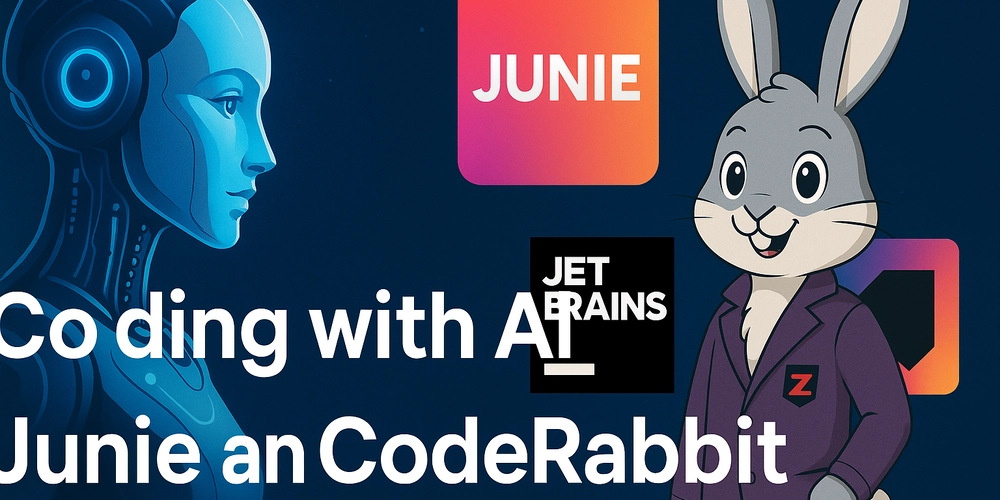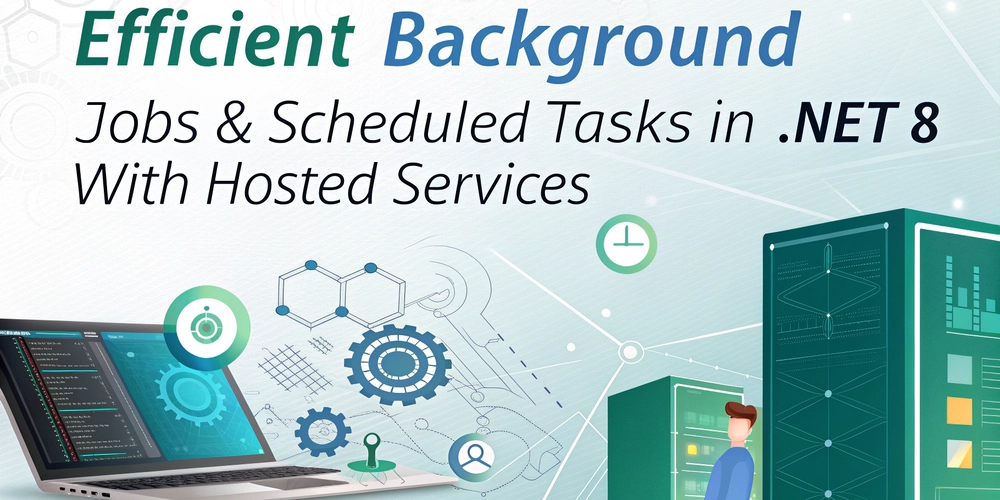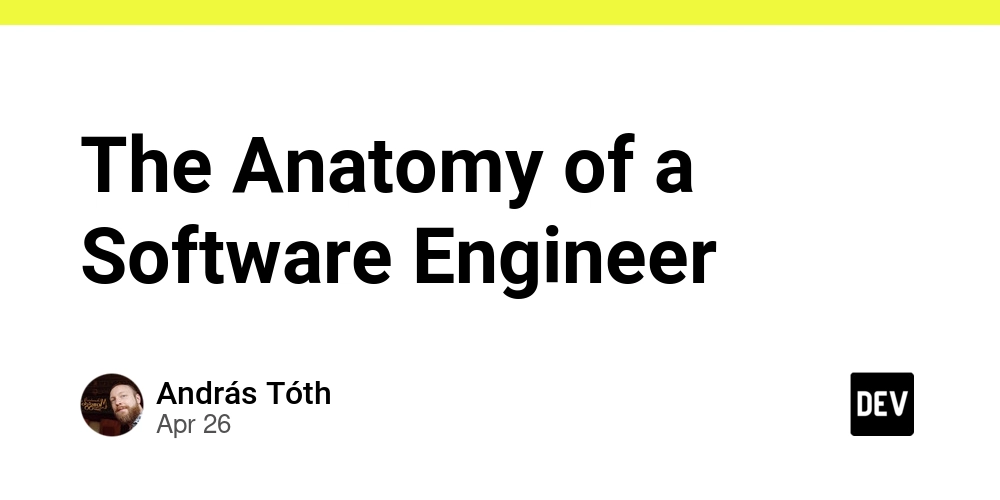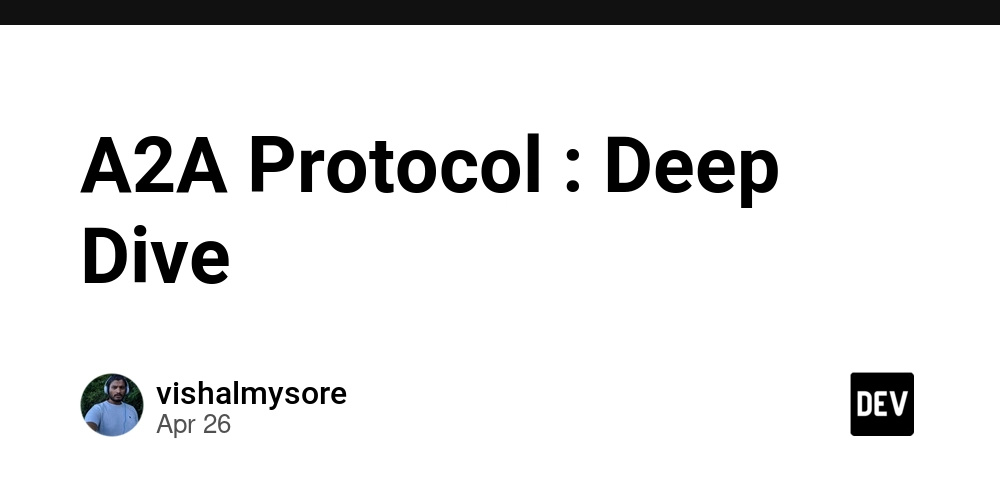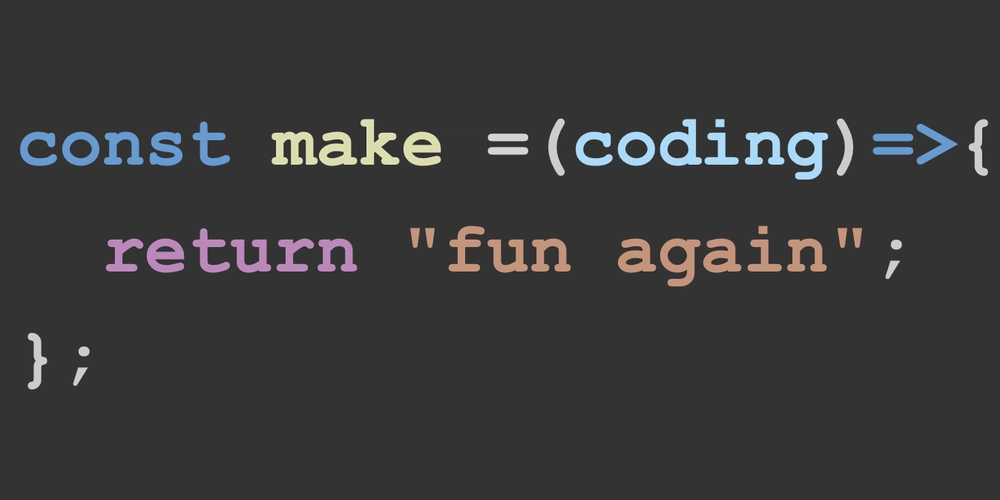
Open Source vs. Closed Source AI: Which LLM Model Will Dominate?
The AI revolution is here, and Large Language Models (LLMs) are at the forefront. But a crucial question remains: will open-source LLMs or closed-source LLMs lead the way in innovation and adoption? Let's dive into the battle between these two approaches.
Open-Source LLMs: AI for the People?
Open-source LLMs offer tremendous potential for collaboration, customization, and democratization of AI. Imagine a world where anyone can contribute to the advancement of these powerful models.
The Perks of Open-Source LLMs
- Full Transparency: See exactly how the LLM works under the hood.
- Community-Driven: Benefit from the collective intelligence of countless developers.
- Endless Customization: Tailor the AI to your specific needs, creating unique applications.
- Democratized Access: Smaller companies and individual developers can leverage powerful AI without huge costs.
The Challenges of Open-Source
- Resource Intensive: Training requires significant computing power and energy.
- Quality Control Issues: Maintaining consistent quality with many contributors is tricky.
- Decision Paralysis: Too many cooks in the kitchen can slow down progress.
Closed-Source LLMs: The Power of Corporate AI?
Closed-source LLMs are backed by big tech companies with vast resources. They promise cutting-edge technology and specialized solutions, but at what cost?
The Advantages of Closed-Source
- Cutting-Edge Performance: Corporations invest heavily in developing advanced models.
- Strict Quality Control: Dedicated teams ensure high standards and reliability when using closed-source options.
- Specialized Solutions: LLMs tailored for specific industries or applications.
- Reliable Support: Access to dedicated support when things go wrong.
The Drawbacks of Closed-Source
- Black Box Approach: Lack of transparency makes it difficult to understand how decisions are actually made when using a closed-source LLM.
- Vendor Lock-In: Switching providers can be difficult and costly.
- Ethical Concerns: Concentrated control raises questions about misuse and bias.
- Higher Costs: Can be expensive, especially for smaller organizations.
The Future of LLMs: A Hybrid Approach?
The future likely isn't about one approach dominating the other. Instead, a hybrid model, or great convergence, might emerge, leveraging the best of both open-source and closed-source AI.
Possible Scenarios:
- Hybrid Approach: Open-source provides the base, while companies build proprietary layers on top.
- Niche Domination: Open-source dominates research, while closed-source thrives in specialized industries.
- Collaboration: Increased collaboration leads to hybrid models that combine the best of open and closed source.
What This Means for Developers
- Skill Up: Learn about both open-source and closed-source LLMs; gaining expertise in using LLMs.
- Stay Flexible: Be adaptable and familiarize yourself with both approaches.
- Embrace Ethics: Consider the ethical implications of AI development when building a language model.
- Adapt to Change: The dynamic field of AI requires continuous learning and adaptation.
The Bottom Line: The AI Revolution Will Be a Team Effort
The future of LLMs is exciting and uncertain when considering open source vs. closed source. Both open-source and closed-source approaches have merits, and a hybrid model might prevail. For developers, the key is to stay informed, be adaptable, and use these tools responsibly when using a specific language model.
